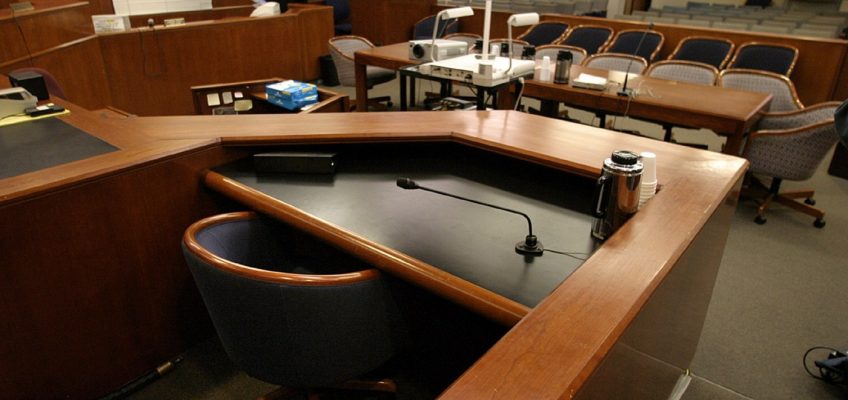Which trail running shoe is best?
Trail running allows those who enjoy the hobby to get needed exercise while enjoying the outdoors, but it’s easier to appreciate and enjoy something when you are comfortable. Purchasing the best trail running shoe for both comfort and durability will make all the difference in long-distance runs through rugged terrain.
When purchasing a good pair of trail running shoes, consider the material, traction and size of the shoe. A top choice, the Saucony Women’s Peregrine 11 Trail Running Shoe, is a favorite among many due to its durable make and light weight.
What to know before you buy a trail running shoe
Material
Trail running shoes are made with materials that can withstand more wear and tear than normal running shoes due to the rough terrains they encounter. Mesh fabric is breathable and helps prevent rips in the shoe while the presence of rubber lugs in the outsole provide better off-road traction.
Traction
The traction of a trail shoe is specifically designed to grip onto rugged terrain and allow for convenient runs through dirt, mud, gravel and roots. Traction can determine other factors, such as balance and where you are able to hike. If you are hiking an icy winter trail and a shoe does not have grip or traction, you will lack stability.
Size
Get your foot sized before purchasing a good pair of trail running shoes. Shoes that are too small can cause blisters and foot pain. Your left foot and your right foot may not be the same size and can differ by as much as a full shoe size. When you have found the right-sized shoe for each foot, the trail run will be more comfortable.
What to look for in a quality trail running shoe
Cushion
In general, shoes with built-in protection and cushioning provide more comfort and support than other options. If you do not run long distances and are most concerned with comfort, look into a thicker outsole. If you run a lot, look for a 0mm drop heel for a greater range of motion and added comfort.
Outsole support
The soles of trail running shoes are designed to grip an uneven trail surface. Large lugs, teeth and a stickier rubber offer better traction to get you over and through dirt, mud, rocks, plants and all sorts of other natural debris. Most trail running shoes have rock plates made out of hard plastic located in the midsole area that protect your foot from rocks and sharp sticks.
Weather protection
A good trail running shoe has enough traction to make it easier to run in slick or rough conditions, but it is often not waterproof. Waterproof trail-running shoes are usually not needed, even if the area you’re running in is wet or rain is in the forecast. Waterproof shoes tend to trap water inside the shoe, causing the feet to overheat and sweat. It’s important that the shoe is breathable but not waterproof.
How much you can expect to spend on a trail running shoe
Runners on a budget can find trail running shoes between $70 and $80, and midrange shoes usually are $90-$100. Premium trail running shoes that include all the best features cost $100-$130.
Trail running shoe FAQ
What’s the difference between a trail shoe and a road shoe?
A. Trail running shoes are designed for tough, rugged, rocky and natural surfaces. Due to the various terrains they will be used on, they are more durable and heavier than an everyday running shoe. Road shoes are designed for paved paths with very few environmental factors, meaning they don’t have the extra grip or durability needed for the rough terrain of natural trails in the great outdoors.
Can you wear road shoes to run trails?
A. This largely depends on how often you run on trails. If you’re a runner who constantly runs on trails, road shoes won’t last as long and can quickly be ruined. Consider purchasing shoes specifically for trail hiking to protect your feet and ankles, make your shoes last longer and be the most comfortable on your run.
What’s the best trail running shoe to buy?
Top trail running shoe
Saucony Women’s Peregrine 11 Trail Running Shoe
What you need to know: These shoes are designed with aggressive rubber lugs that conform to and dig into various terrains.
What you’ll love: The rock plate ensures additional protection for pushing uphill and driving downhill when running trails. The mesh makes them ultra light and durable.
What you should consider: Some users have experienced arch pain and blisters during long runs.
Top trail running shoe for the money
Inov-8 Women’s Terraultra G 270 Trail Running Shoes
What you need to know: These shoes feature durability, comfort and grip for long-distance runs.
What you’ll love: The 0mm drop between heel and toe allows the greatest range of motion in the ankle. The shoe is very cushioned, with a wider-fitting toe box and an ultra-thin outsole, which is great for various terrain and traction.
What you should consider: The extra cushion adds weight to the shoes, and some wearers noticed foot pain after running.
Worth checking out
La Sportiva Men’s Bushido II Running Shoe
What you need to know: These trail running shoes combine stability and comfort with great traction and a sticky outsole.
What you’ll love: This product’s tongue and heel are padded to stay in place like a no-slip sock and provide good breathability.
What you should consider: Some users claim these shoes aren’t fit for rough terrain and run small.
Prices listed reflect time and date of publication and are subject to change.
Check out our Daily Deals for the best products at the best prices and sign up here to receive the BestReviews weekly newsletter full of shopping inspo and sales.
BestReviews spends thousands of hours researching, analyzing and testing products to recommend the best picks for most consumers. BestReviews and its newspaper partners may earn a commission if you purchase a product through one of our links.




